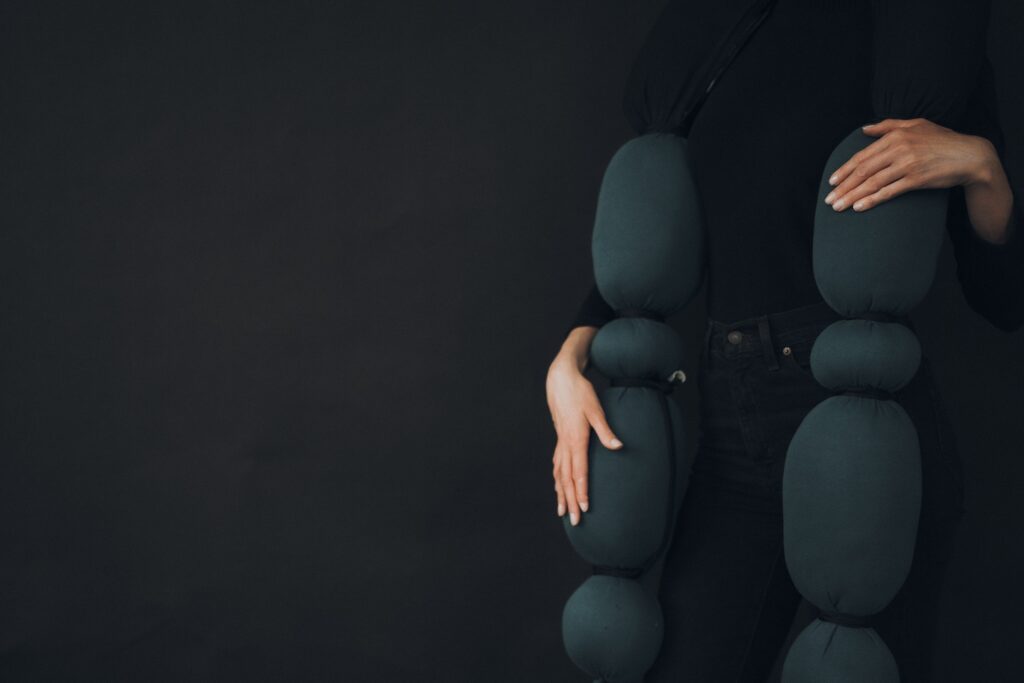Co-Designing
During the co-design sessions, we combined four activities: sharing memories, creating collages, testing vibrations, and collecting sounds. Each session focused on one or two memories, with seniors making collages that captured emotional, natural, and tactile associations of their selected memories.
These collages inspired the first vibration sketches, which participants tested and refined through feedback. Aditionally, we gathered sonic impressions linked to each memory. Both vibrations and sounds formed the basis for the sculptures.
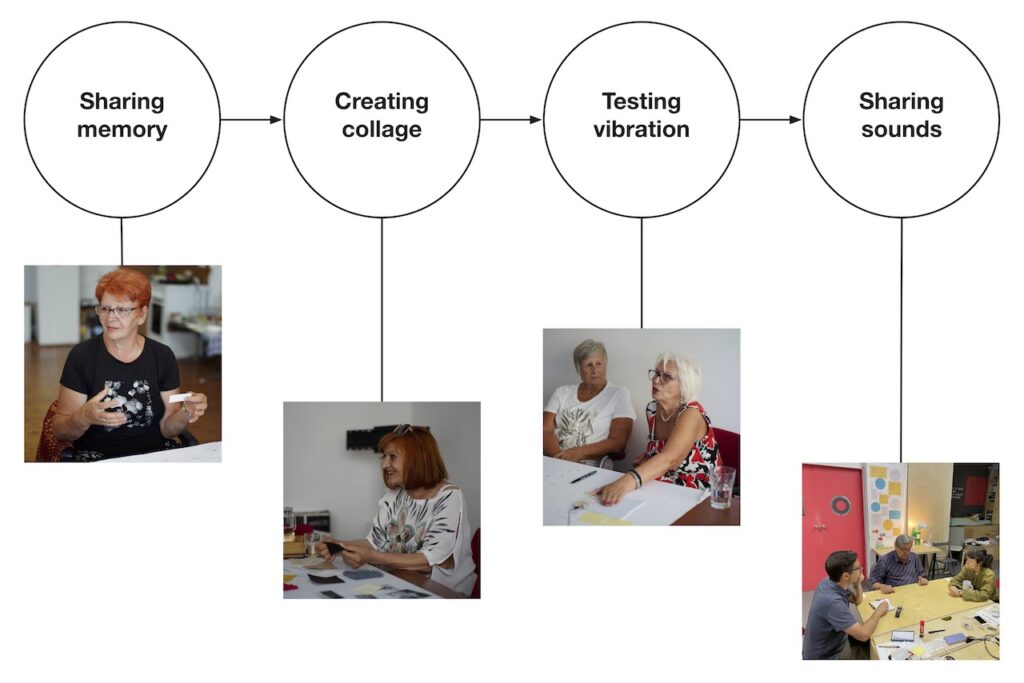
Collected Memories
We collected 18 memories, half of which were related to personal experiences and the other half to experiences interacting with technology. 6 of these memories are represented in the interactive sculptures. The 12 other memories are equally important and also presented here.
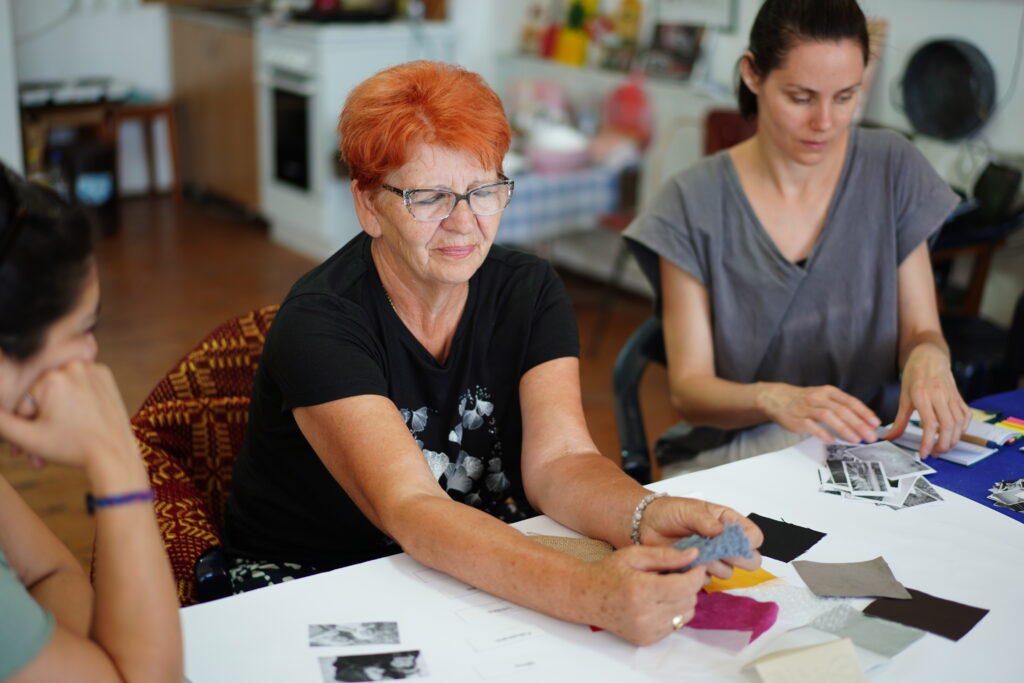
Marriage Proposal
At 19, the author of the memory was working in Germany to support her parents and child, who remained in Serbia. Although she had many suitors, none were willing to accept her child. During a visit home, a man she hardly knew proposed—and, crucially, said he wanted her child to live with them. Overcome with joy and relief, she accepted. Together, they returned to her village, where her child had been staying with her parents.
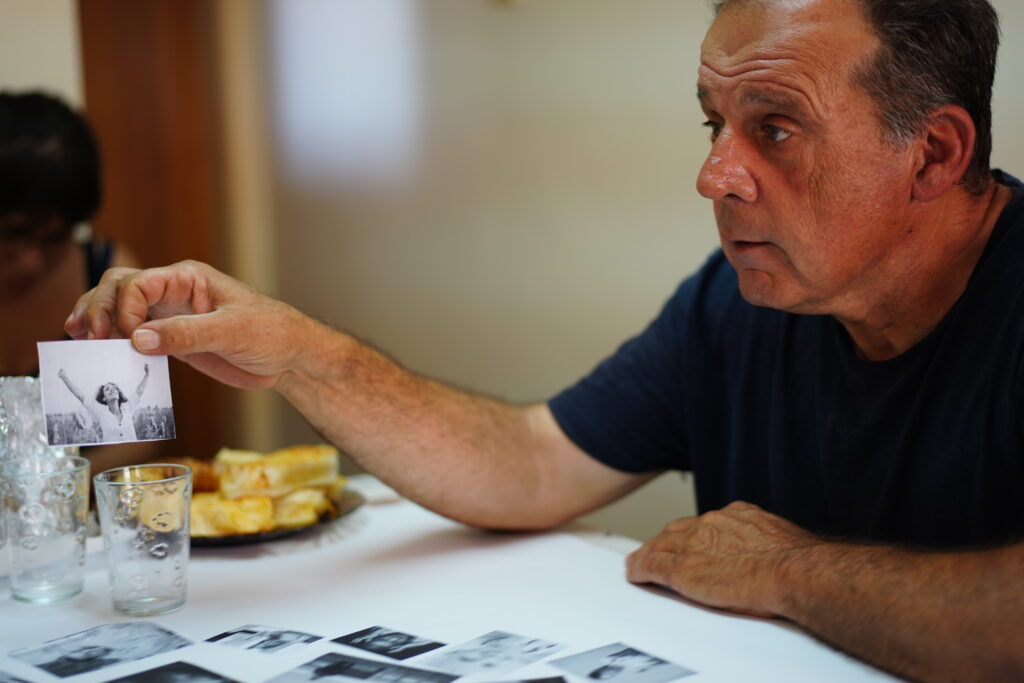
Buying First Car
In 2002, the author of the memory bought his first car—a Volkswagen Passat—which he still drives today. Taking the wheel for the first time, he felt a deep sense of strength and joy, as a long-held dream had come true. The car became more than just a vehicle; it brought him greater financial stability, helping him carry out work duties and support his family.
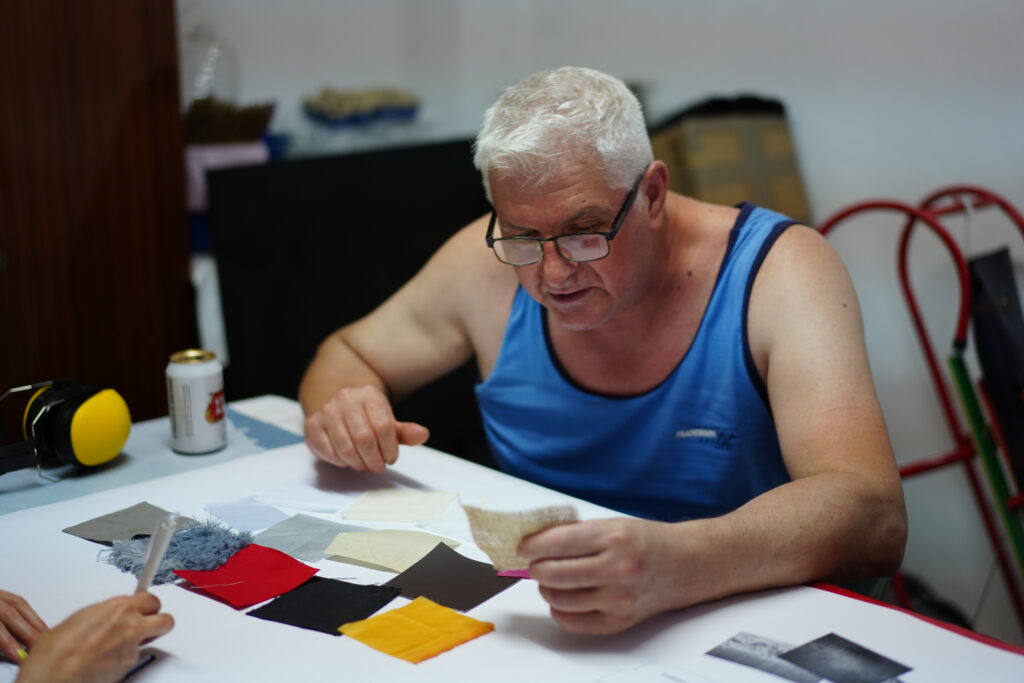
Setting up Antennas
This memory dates back to the early 1980s in Ruma, when the author of the memory, in his early 20s, installed rooftop antennas with his best friend Vladimir so locals could watch the third TV channel (3K RTS). They had been friends since age 15 and fixed around 20 antennas together. He recalls how rewarding and fun it was to help others while working side by side with a close friend—especially now, after Vladimir’s passing a couple of years ago.
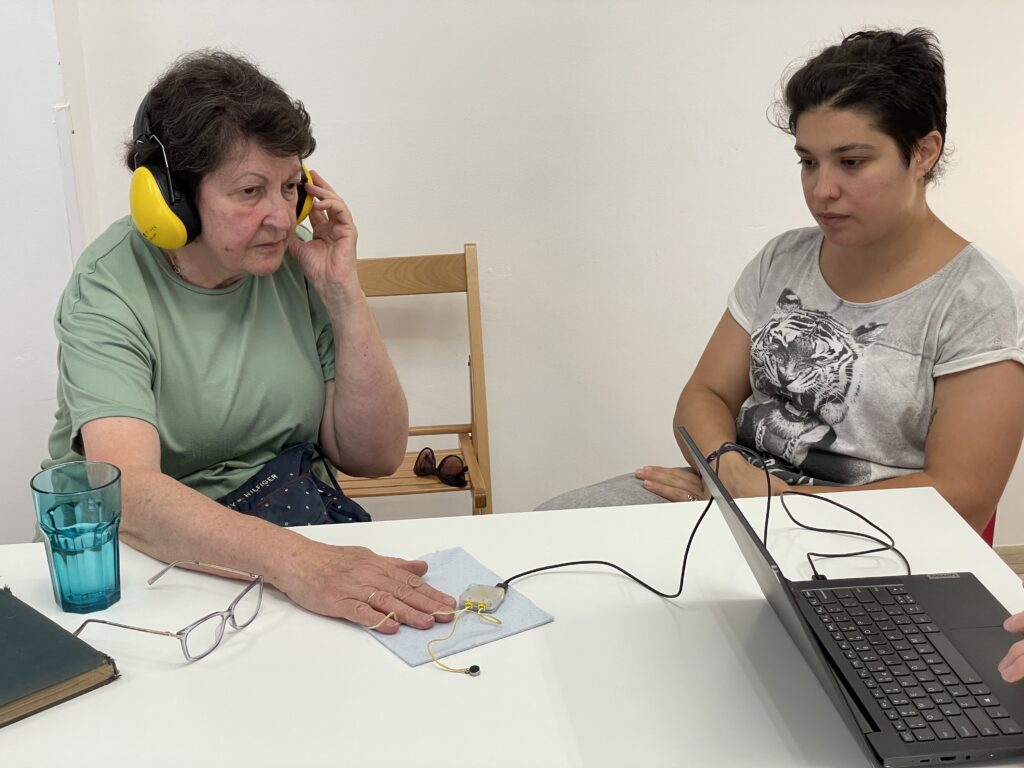
First Doll
This memory recalls the loss of a favorite childhood doll, a special gift from a relative in Argentina. It was the only doll the author of the memory had for many years. When it was destroyed and its parts melted, she felt deeply sad, yet also surprisingly calm. Years later, she received another doll, but it never brought the same joy.
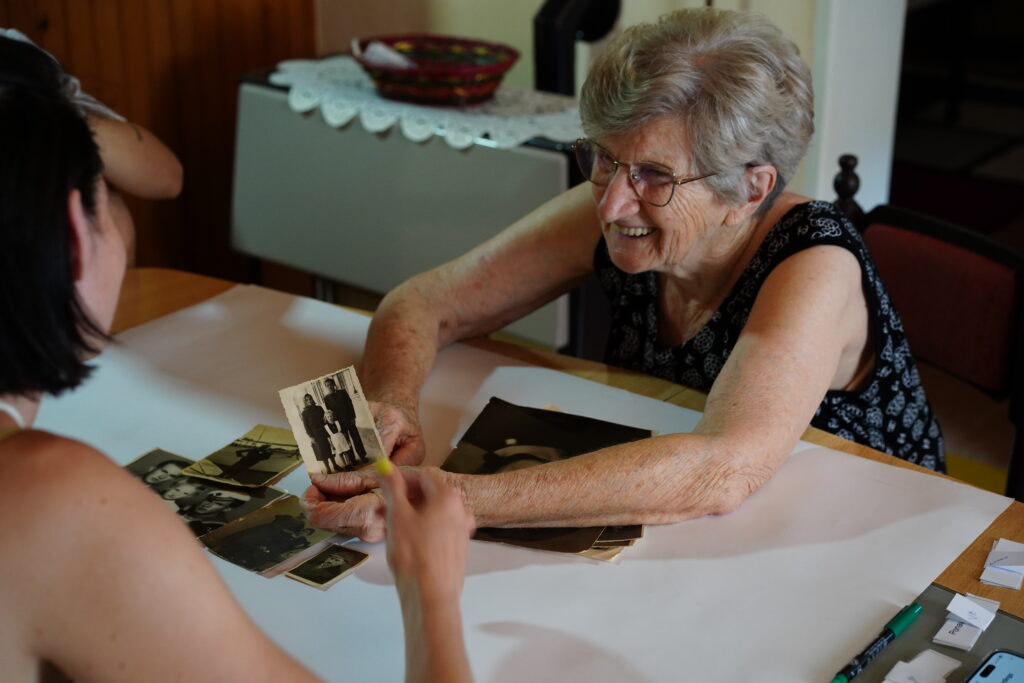
Missing Father
The memory author recalls being three years old when she saw a photo of her father for the first time—a man who had died in 1945 during World War II. Each time she looked at the photo, she was overcome with sadness and a sense of loneliness, often wondering how different life might have been if he had lived.
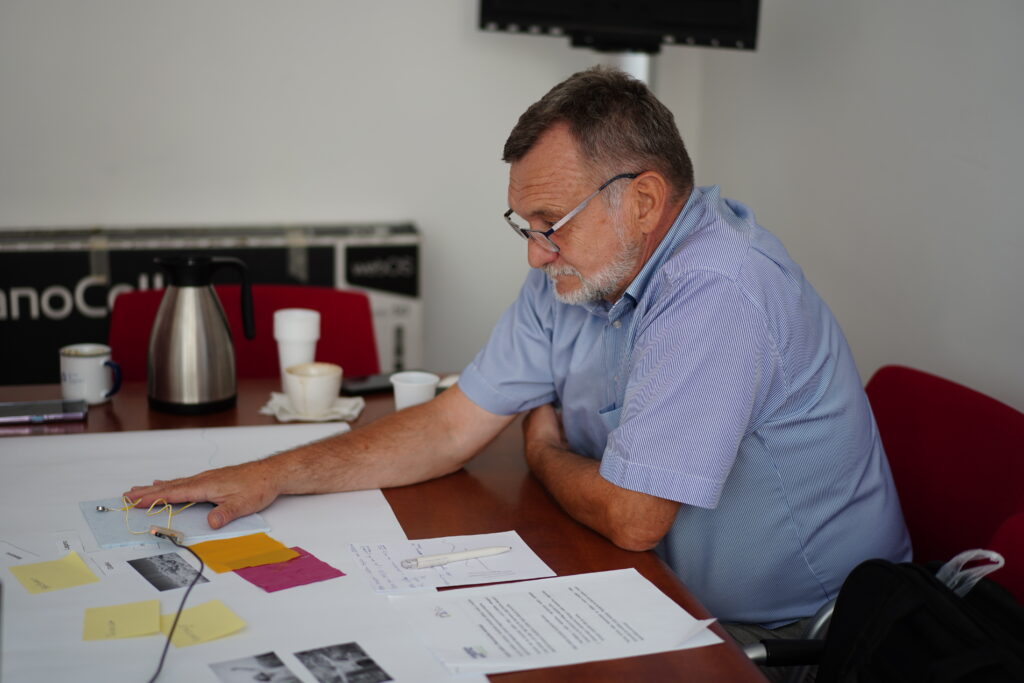
First Rock Concert
This memory revolves around attending the first rock concert at the age of 14. The event took place at the University of Belgrade’s Law Faculty, where the band Cornely performed. The memory author vividly remembers the moment the first song began, feeling a rush of freedom, uniqueness, and as if he was flying.
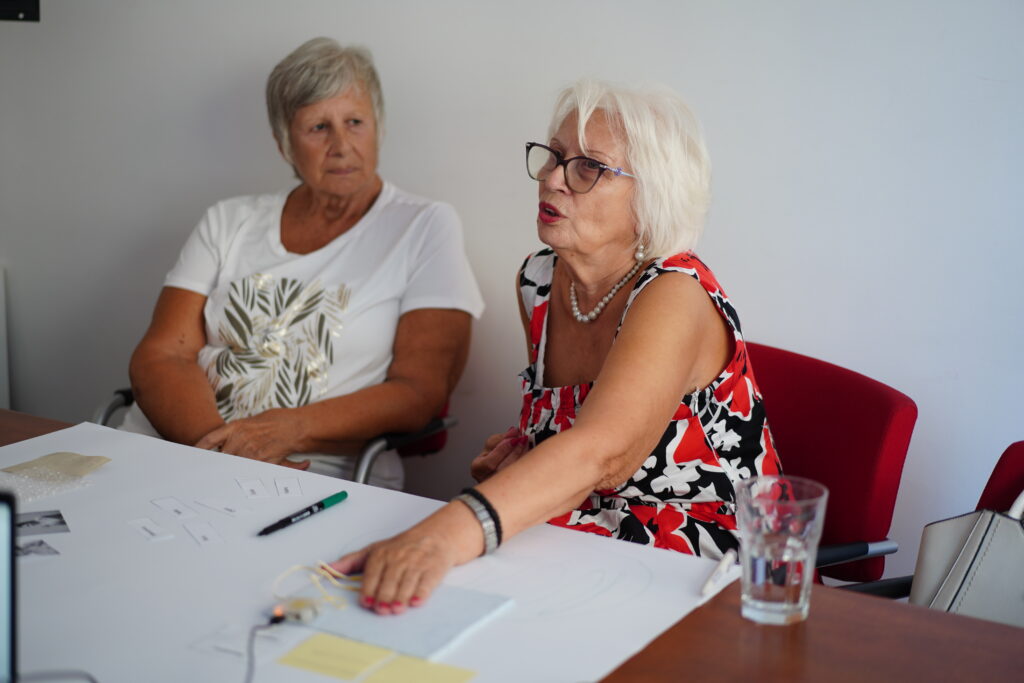
The Turning Point
This memory captures a powerful moment of defiance and self-assertion. At 15, the author of the memory had planned a party and was filled with anticipation, but her mother said no. The argument escalated, and as her mother raised her hand to slap her, she reached out and stopped her. Holding her mother’s hands mid-air felt like an act of courage—a quiet riot that marked a turning point in their relationship.

Computer crash
The author of this memory was working late on a computer, writing an article, when he accidentally fell asleep on the keyboard—and the entire text was lost. He recalls a surge of frustration, mixed with a strong determination to finish the piece as soon as possible.
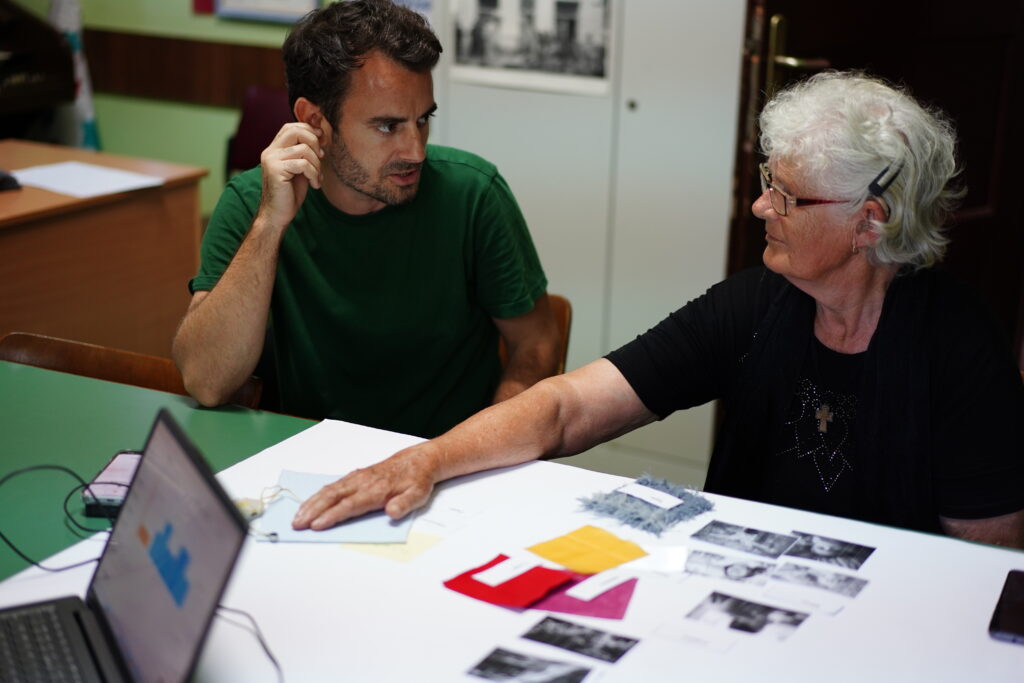
Watching TV for the First Time
This memory revolves around the first time the owner of the memory watched television, at the age of 18 or 19. It took place at the Culture Center in Dolovo, surrounded by many other young people. She recalls feeling surprised and joyful—a moment filled with wonder, togetherness, and a strong sense of community.
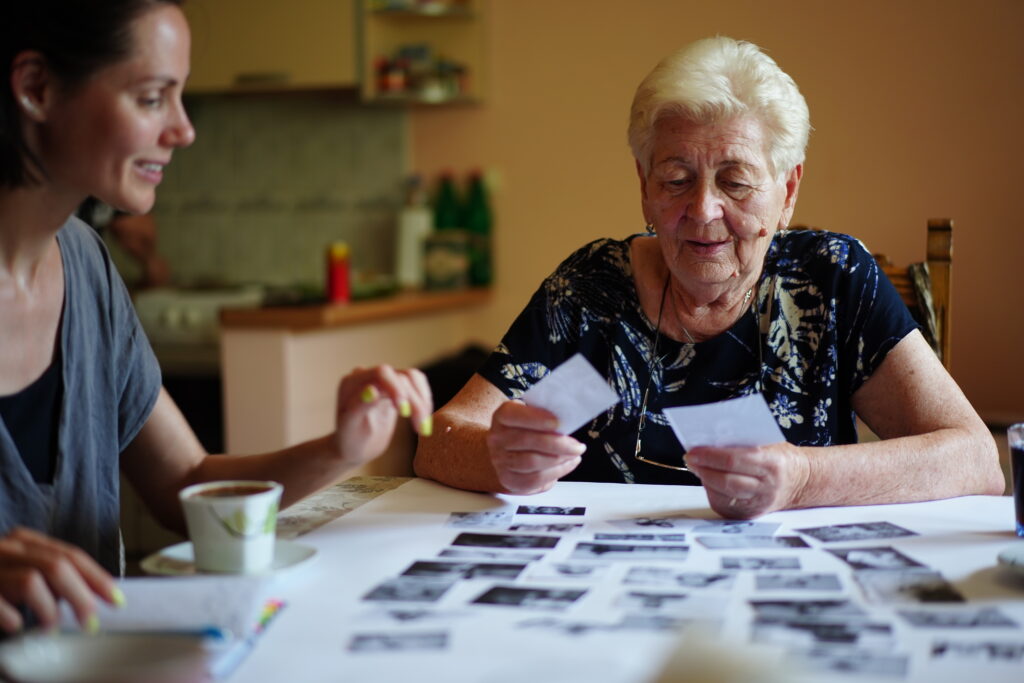
Giving Birth to Triplets
This memory is about the birth of triplets in Belgrade when the memory author was just 19. She was the first woman in Yugoslavia at the time to give birth to three children. She didn’t know she was expecting triplets until the moment of delivery. Overwhelmed with shock and fear, she fainted and briefly wished the weakest might not survive, fearing she couldn’t care for them all. All three children survived and are well.
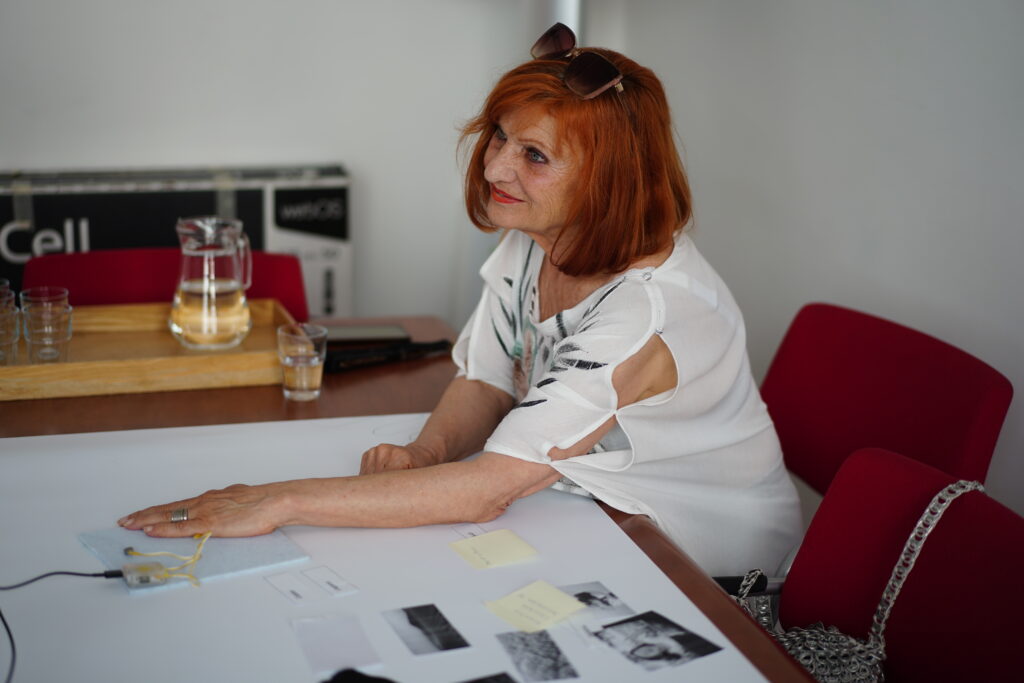
The Magic of a Button
This memory is about the first time, at age 8, the author of the memory was able to record her voice using Smaragd tape recorder. The click of the record button felt powerful—like something important was about to happen. It became a symbol of joy, friendship, first love, and playful moments. She especially cherished the times she was home alone, free to explore and experiment with the recorder on her own.
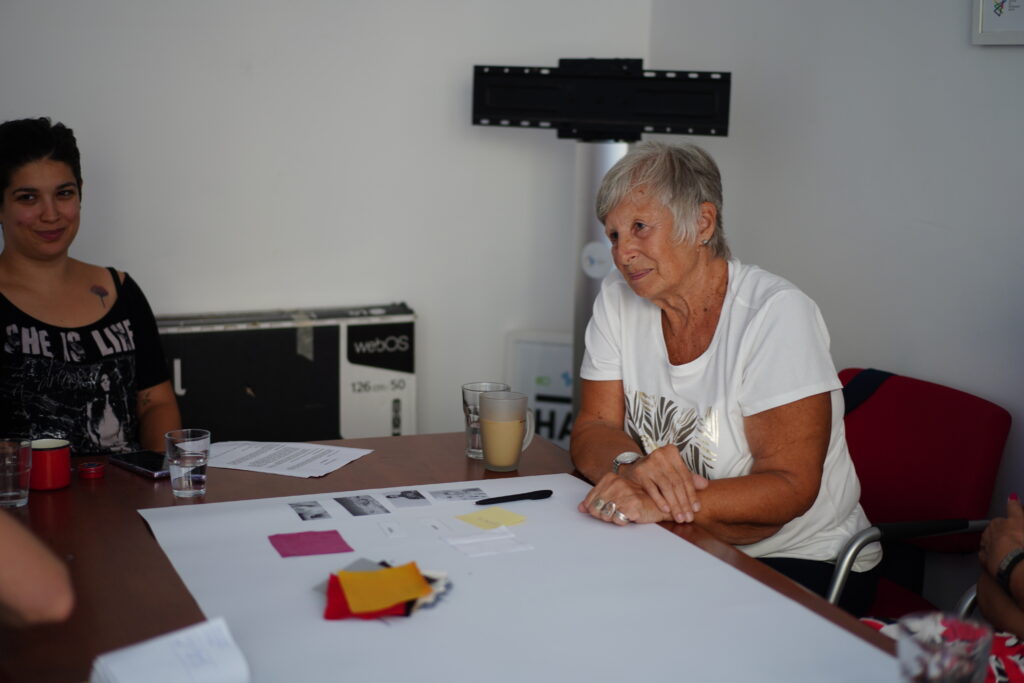
Washing Machine
This memory reflects a moment of transformation during childhood, when the memory’s author’s family moved to London. She vividly recalls the arrival of a washing machine and other household appliances—symbols of a new life and modern comfort. The simple act of using the washing machine brought a strong sense of happiness and ease, marking a turning point in the daily rhythm of family life in the United Kingdom.

